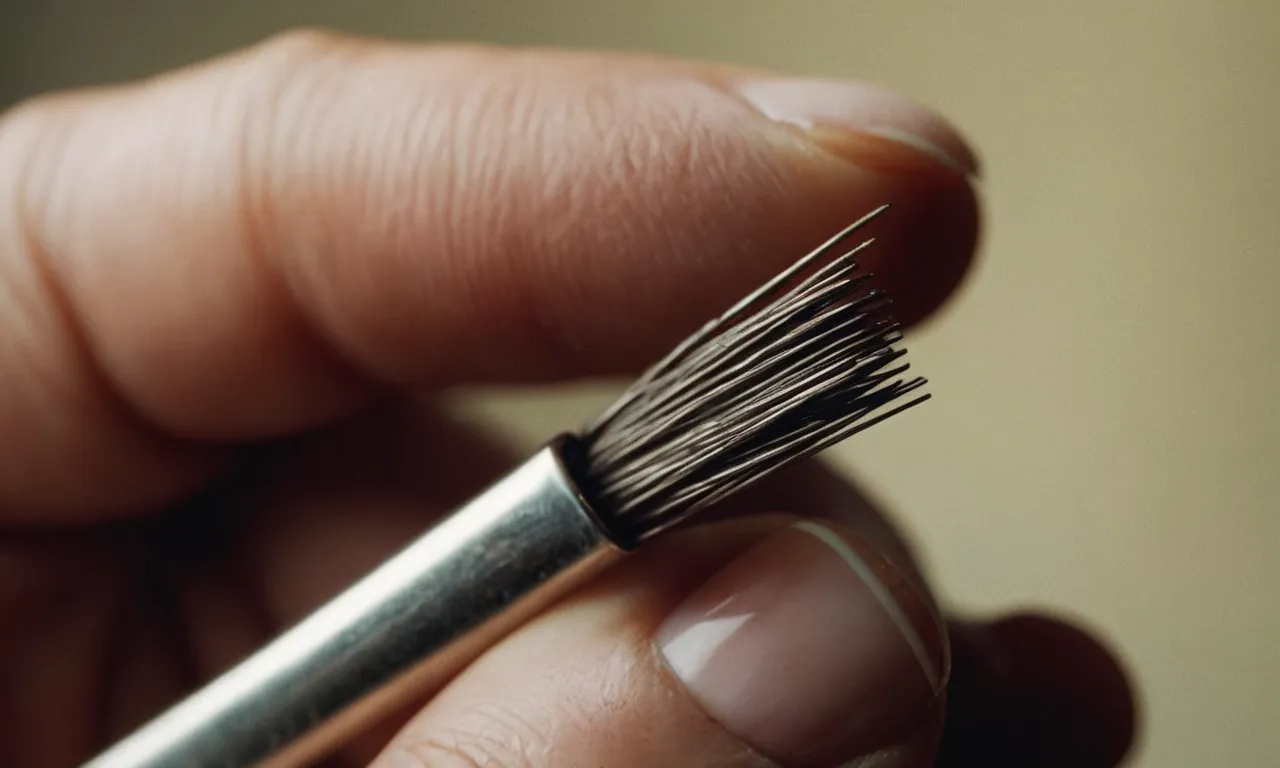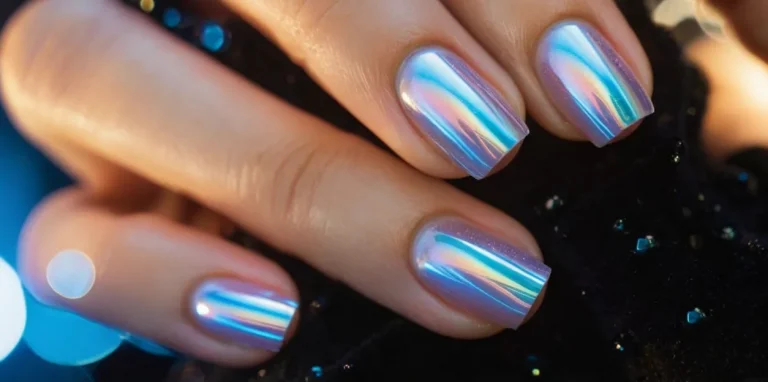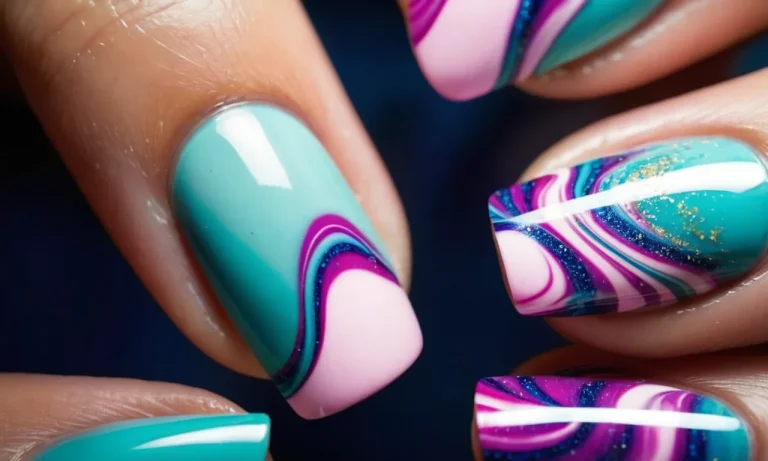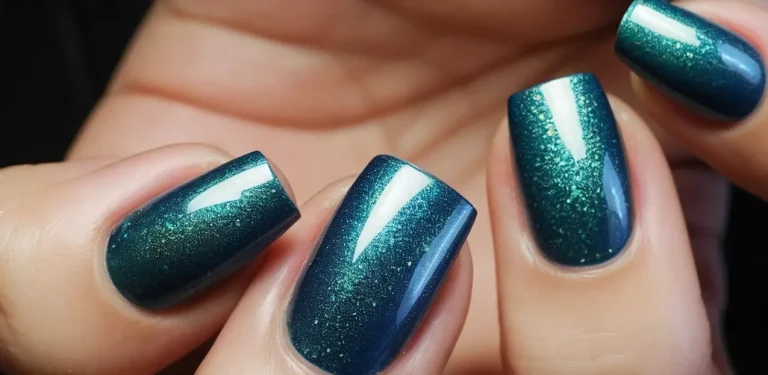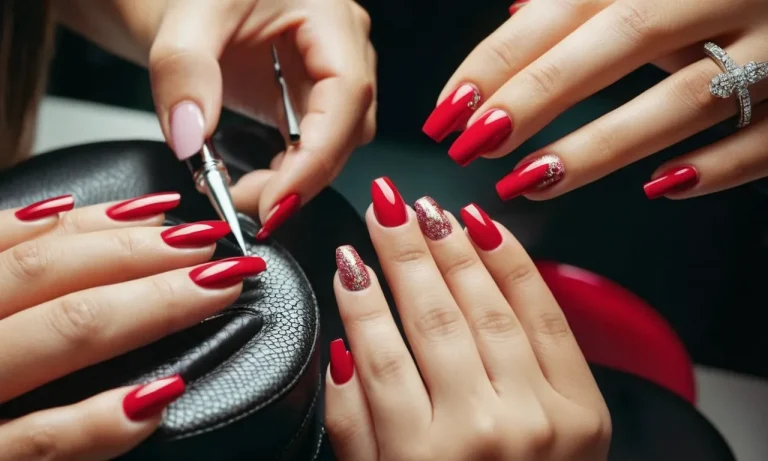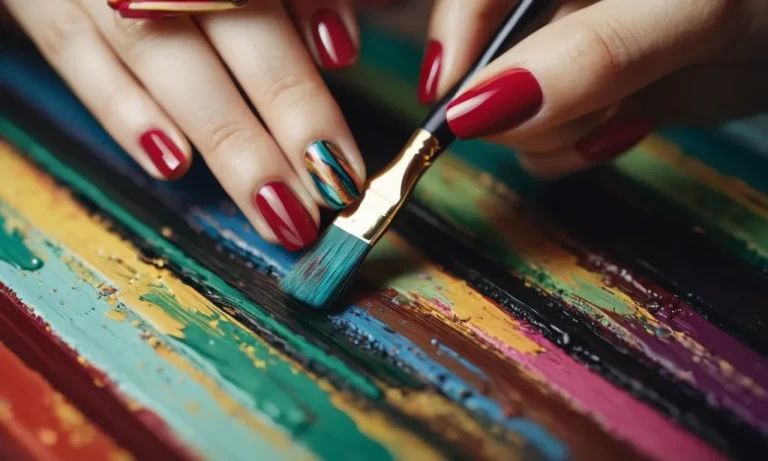Are Nails And Hair Made Of The Same Thing?
If you’ve ever looked closely at your fingernails and the hair on your head, you may have wondered if these protein filaments that grow from your skin are made of similar stuff. As it turns out, while nails and hair are both composed largely of a protein called keratin, their chemical structures differ in a few key ways.
Keep reading to find out what gives nails and hair their distinct properties and compositions.
In short: While nails and hair contain mostly the same main structural protein – keratin – differences in keratin composition, structure, and associated proteins give nails and hair distinct properties suited to their different biological roles.
What is Keratin and Where is it Found in the Body?
Keratin is a fibrous structural protein
Keratin is a key structural material that makes up the outer layer of human skin, hair, and nails. It belongs to a group of fibrous structural proteins known as scleroproteins. The keratin protein consists of a complex array of amino acids that are rich in cysteine, which allows keratin molecules to form disulfide bridges and aggregate into dense, fibrous structures.
There are two main types of keratin – alpha-keratin and beta-keratin. Alpha-keratins compose the hair, nails, and outer skin layers in humans while beta-keratins are found in reptile scales and bird feathers and claws.
Alpha-keratins provide hardness and strength to tissues while allowing a degree of flexibility.
Keratin molecules assemble into bundles known as intermediate filaments. These group together to form macrofibrils and ultimately produce rigid microfibrils, which give hair its characteristic toughness and resilience.
The closely packed cysteine residues cross-link the keratin polymers via disulfide bridges, creating a strong semi-flexible protein network.
Keratin is a major component of skin, nails, and hair
As a fibrous structural protein, keratin makes up around 90% of the structure in human hair and fingernails. It is continuously produced in epidermal cells within the skin and in specialized hair follicles and nail beds.
In skin, keratinocytes produce a durable keratin barrier that protects underlying tissues from infections, dehydration, chemicals, and mechanical stress. Dead, cornified skin cells rich in alpha-keratin make up the tough outer stratum corneum layer.
In hair and nails, hardened keratin continues to build structural integrity even after cells die.
The percentage of total keratin varies in different hair types. Studies found the highest quantity in African hair (91-94%) and the lowest in Caucasian hair (81-87%) [1]. Nails consist of compacted layers of hard keratin rich in cysteine residues to improve strength.
| Tissue | Keratin Percentage |
|---|---|
| African Hair | 91-94% |
| Asian Hair | 87-90% |
| Caucasian Hair | 81-87% |
| Fingernails | 90% |
While hair, skin, and nails consist mainly of alpha-keratins, beta-keratins make up hard protective barriers like horns, hooves, feathers, and tortoise shells. Both keratin types share biochemical similarities but vary in structure to suit different biological roles.
Similarities Between Hair and Nail Keratin
Both contain hard alpha-keratin for strength and rigidity
Keratin is a fibrous structural protein that makes up hair, nails, horns, feathers, hooves, and the outer layer of skin in humans and other animals. Both hair and nails contain a special type of keratin called hard alpha-keratin which gives them strength and rigidity.
This allows hair to protect the body and nails to function in tasks like scratching and manipulation of objects.
The hardness of alpha-keratin comes from cross-linking between cysteine amino acids to form disulfide bridges. The more disulfide bridges, the more durable and rigid the keratin structure becomes. Hair can have up to 5-10% cysteine content while nails can have up to 30% cysteine.
This high cysteine composition allows for extensive disulfide bridge formation and a very hard final product.
Both contain high levels of the amino acid cysteine
As mentioned, both hair and nails contain exceptionally high levels of the amino acid cysteine. Cysteine has a sulfur-containing side chain that enables cross-linking between keratin protein strands through disulfide bridge formation. This is key to building the rigid structure of hair and nails.
In hair, most of the cysteine content comes from the protein keratin associated with the actual hair fiber. In nails, cysteine is provided both by nail keratin and the protein hard keratin which forms the nail plate.
So while the keratin proteins may differ slightly, high cysteine content is crucial for both structures.
To grow hair and nails that are shiny and strong, it is important to have adequate intake of amino acids like cysteine that are needed to build that robust underlying protein infrastructure. Dietary sources tend to be high protein foods like poultry, pork, dairy, legumes, nuts, seeds, and whole grains.
Supplements are another excellent way to obtain amino acids for beauty and wellness.
Differences Between Hair and Nail Keratin and Associated Proteins
Variation in keratin amino acid sequences
Keratins are a family of fibrous structural proteins that serve as key structural components of hair, nails, horns, feathers, hoofs, and some animal shells. The specific properties and functions of keratins are largely determined by their amino acid sequences.
Hair keratins and nail keratins have distinct amino acid sequences that give rise to differences in structure and function.
Hair keratins have a higher content of cysteine amino acids, which allow them to form very stable disulfide bonds between keratin strands. This gives hair great elasticity, strength, and resilience against mechanical stress.
Nail keratins have fewer disulfide bonds, but contain more hard, rigid amino acids like glycine and alanine. This makes nail keratin harder and more rigid.
Expression of specific hair keratin genes, like KRT81, KRT83, and KRT86, is largely limited to hair follicles. While nail keratin genes KRT6A, KTR6B, and KRT16 are preferentially expressed in nail tissue. So at the genetic level, the keratins in hair and nails are quite distinct.
Different keratin fiber structures
The molecular structure of keratin fibers differs greatly between hair and nails. Hair has a complex supercoiled alpha helical structure, with the protein helices wound tightly around each other like twisted ropes, stabilized by disulfide bonds.
In contrast, nail keratin proteins form much simpler straight beta-pleated sheets that align parallel to each other like stacks of bricks. The more orderly nail keratin fibers scatter light more uniformly, giving nails their smooth, opaque, and translucent quality.
These ultrastructural differences contribute greatly to the distinct mechanical properties of flexible elastic hair versus hard rigid nails. They arise from the chemical differences in hair versus nail keratin proteins.
Distinct associated proteins
In addition to structural keratins, hair and nail tissue contain many associated proteins that regulate keratin assembly and fiber structure:
- Hair-specific keratin associated proteins (KAPs) like KAP11-1 and trichohyalin help regulate hair keratin fiber formation and structure.
- Nail keratins associate with distinct proteins like onychocytes and noggin that shape the nail plate.
Also, hair contains abundant melanin pigment granules that give it color. Nails lack this pigment. And nails have a living fast-growing matrix under the proximal nail root that enables rapid nail growth.
| Tissue | Associated Proteins |
|---|---|
| Hair | Keratin associated proteins (KAPs), trichohyalin, melanin granules |
| Nails | Onychocytes, noggin |
So at microscopic and biochemical levels, hair and nail tissues have distinct specialized proteins adapted for their specific growth and structural needs.
Why the Differences Matter Functionally
Hair needs elasticity and flexibility, nails need hardness and rigidity
Hair and nails may be made of a similar protein called keratin, but their distinct properties serve unique functions. Hair strands require resiliency and pliability to bend and adapt to styling. Hair undergoes stress from brushing, blow drying, curling, dyeing and other chemical processes, demanding flexible keratin proteins with a softer composition.
In contrast, fingernails need unyielding rigidity to protect fingertips, grip objects and perform fine tasks. Their tightly packed keratin must form an impenetrable barrier against trauma from everyday use.
Research shows key elements confer flexibility to hair while fortifying nails:
- Higher moisture content – Hair keratin holds more water to allow bending
- Fewer disulfide bonds – These rigid bonds are 30% less abundant in hair keratin
- Greater amino acid diversity – Varied proteins uniquely equip hair for movement
- Higher lipid and mineral content – Added components enhance hair strength and sheen
The structural variations producing supple hair or hard nails originate as cells embryonically differentiate to build each appendage. These fate decisions lock in divergent keratin blueprints tailored towards environmental exposures down the line.
Even a shared starting material like keratin yields products specialized for function when molecularly programmed by DNA.
Hair grows continuously, nails grow to a fixed length
The contrasting growth habits of hair and nails also relate to differences in durability and purpose. Supporting limitless styling versatility, hair follicles undergo cell division and perpetually regenerate fresh strands throughout life.
Under microscopy, this constant renewal is observable as variation in pigmentation along the hair shaft from maturation of newer cells. Through this indefinite regeneration process, healthy follicles can yield over a meter of cumulative hair growth.
| Average total growth per follicle | 1.25 m |
| Average growth rate | 1.25 cm/month |
| Active growing phase duration | 2-7 years |
In comparison, the average fingernail emerges from the nail matrix and grows just 0.1 mm per day, reaching a maximum length of 1 cm in 6 months before growth stops. Having attained an adequate protective size, the nail plate seals off the matrix and hardens fully.
This limited endpoint suits the nail’s function as a largely immovable body armor. It also spares nutrients and energy that perpetually multiplying hair follicles expend through constant regenerative activity.
While serving distinct purposes, coupling finite nail growth with luxurious hair cascading to lengths over 5 feet fertilizes the human appetite for personal beautification. By comprehending how underlying molecular programs manifest such wondrous visible diversity, we appreciate how our body’s construction conduces not just to function, but creativity in self-expression.
Other Differences Between Nails and Hair
Rate and timing of growth
Nails and hair have different growth cycles and rates of growth. Fingernails grow at a rate of about 3-4 millimeters per month, while toenails grow more slowly at about 1 mm per month. In contrast, the average rate of hair growth on the scalp is about 1 centimeter per month.
Nails grow continuously throughout life, with the nail matrix in the cuticle constantly producing new cells. Hair growth occurs in cycles, with active growing phases (anagen) alternating with resting phases (telogen).
Blood supply
The blood supply also differs between nails and hair. Nail roots receive a rich blood supply that delivers nutrients for growth. In contrast, hair follicles have a relatively sparse blood supply. Hair mostly gets its nutrients from surrounding connective tissue and blood vessels in the dermis.
This is why certain medications that circulate in the bloodstream can affect nail growth, while hair growth is rarely impacted. For example, chemotherapy medications target rapidly dividing cells and can lead to changes like nail discoloration and ridging.
Response to hormones and medication
Hair growth and shedding responds to hormonal changes in the body more than nail growth does. For instance, hormonal shifts during pregnancy, menopause, and some medical conditions can lead to excess hair shedding or hair loss.
Hair follicles have androgen receptors and are sensitive to testosterone, while nails are not significantly affected by hormonal changes. In addition, the impact of medications on nails and hair differs. As mentioned, chemotherapy tends to preferentially affect nail growth.
Other medications like retinoids for acne treatment can also thin and fragilize nails. Hair growth is sometimes impacted by medications, like birth control pills, but not to the same degree as nails.
| Characteristic | Nails | Hair |
|---|---|---|
| Average growth rate | Fingernails: 3-4 mm/month Toenails: 1 mm/month |
Scalp: 1 cm/month |
| Growth cycle | Continuous | Cycles of active growth (anagen) and resting phases (telogen) |
| Blood supply | Rich blood supply to nail matrix | Relatively sparse blood supply to hair follicles |
| Response to hormones | Minimal | Significant – affected by testosterone, estrogen, etc. |
| Response to medications | Sensitive – chemotherapy, retinoids affect nail growth | Some effects – birth control pills, other hormonal treatments may affect hair |
Conclusion
While hair and fingernails are both composed predominantly of keratin proteins, differences in the composition and structure of keratins and associated proteins give hair flexibility and nails hardness.
Understanding what makes hair soft and nails rigid provides insight into how these remarkable filamentous biomaterials are tailored to carry out their distinct biological roles growing from the human skin.

